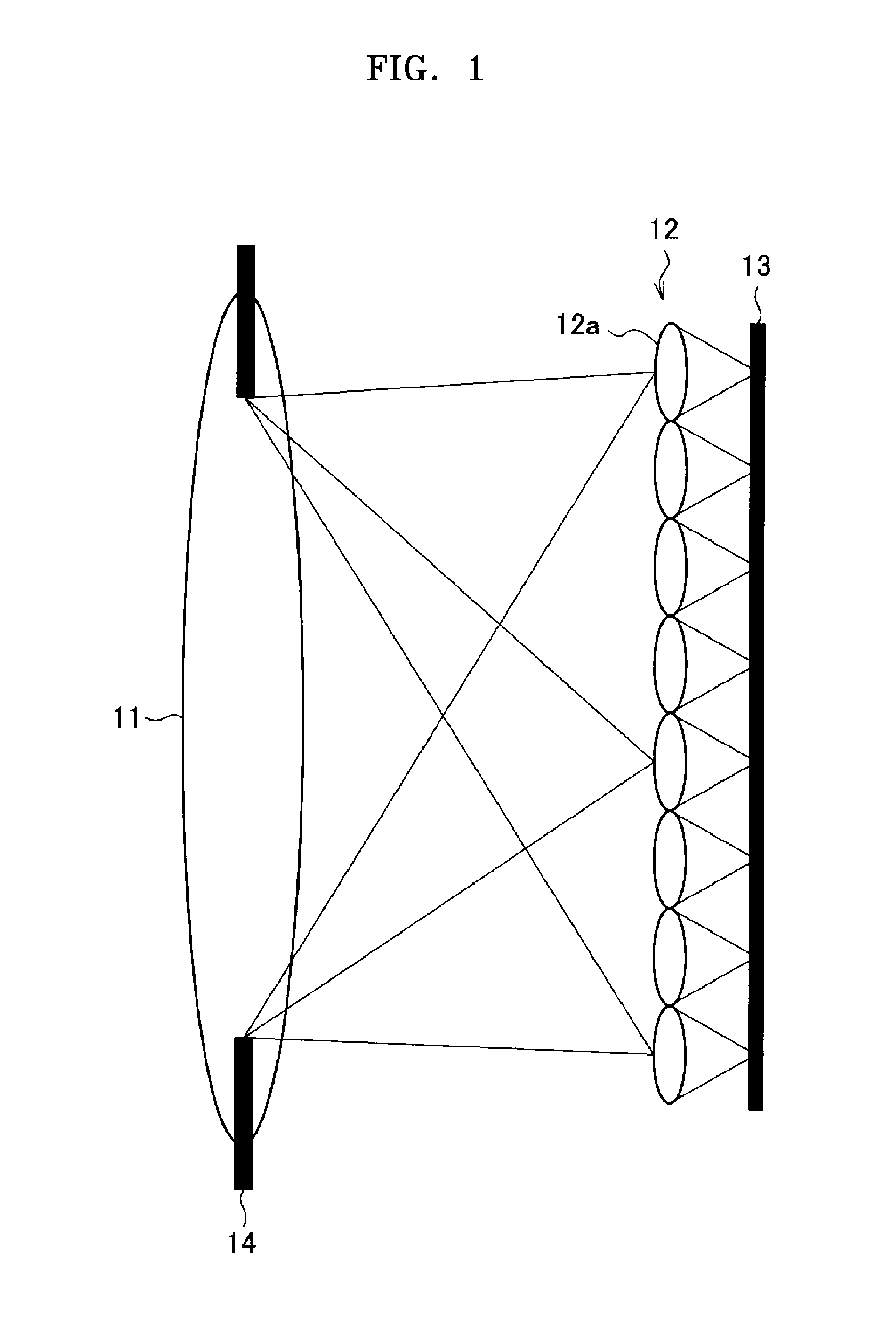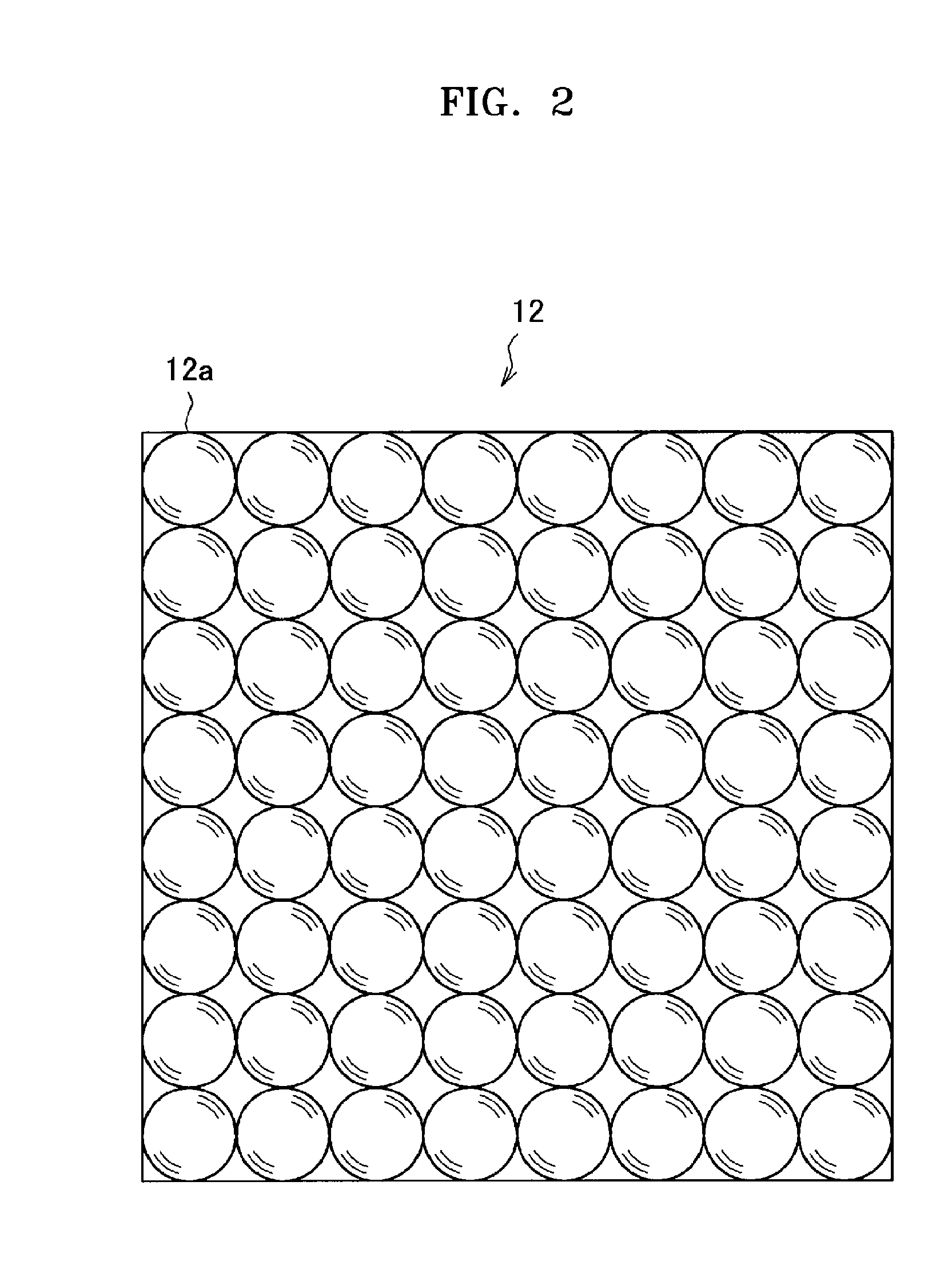Photographing Apparatus and Method
a technology of photographing and read-out data, which is applied in the field of photographing apparatus and method, can solve the problem of taking some time to process live view images, and achieve the effects of reducing the amount of calculation during color image generation using read-out data, and reducing the amount of calculation
- Summary
- Abstract
- Description
- Claims
- Application Information
AI Technical Summary
Benefits of technology
Problems solved by technology
Method used
Image
Examples
Embodiment Construction
[0026]The attached drawings for illustrating exemplary embodiments are referred to in order to gain a sufficient understanding of the embodiments, the merits thereof, and the objectives accomplished by the implementation of the embodiments. Hereinafter, exemplary embodiments will be described in detail with reference to the attached drawings. Like reference numerals in the drawings denote like elements.
[0027]Prior to the description of an embodiment in detail, the structure of an optical system having a lens array formed of a microlens group will be described and then the structure of a photographing apparatus having the lens array will be described.
[0028]FIGS. 1 and 2 are views for explaining an optical system having a lens array formed of a microlens group. FIG. 1 is a side view showing a state in which a lens array is arranged between a lens for focusing light from an object and a photographing element. FIG. 2 is a conceptual diagram showing the arrangement of a lens array.
[0029]...
PUM
 Login to View More
Login to View More Abstract
Description
Claims
Application Information
 Login to View More
Login to View More - R&D
- Intellectual Property
- Life Sciences
- Materials
- Tech Scout
- Unparalleled Data Quality
- Higher Quality Content
- 60% Fewer Hallucinations
Browse by: Latest US Patents, China's latest patents, Technical Efficacy Thesaurus, Application Domain, Technology Topic, Popular Technical Reports.
© 2025 PatSnap. All rights reserved.Legal|Privacy policy|Modern Slavery Act Transparency Statement|Sitemap|About US| Contact US: help@patsnap.com



